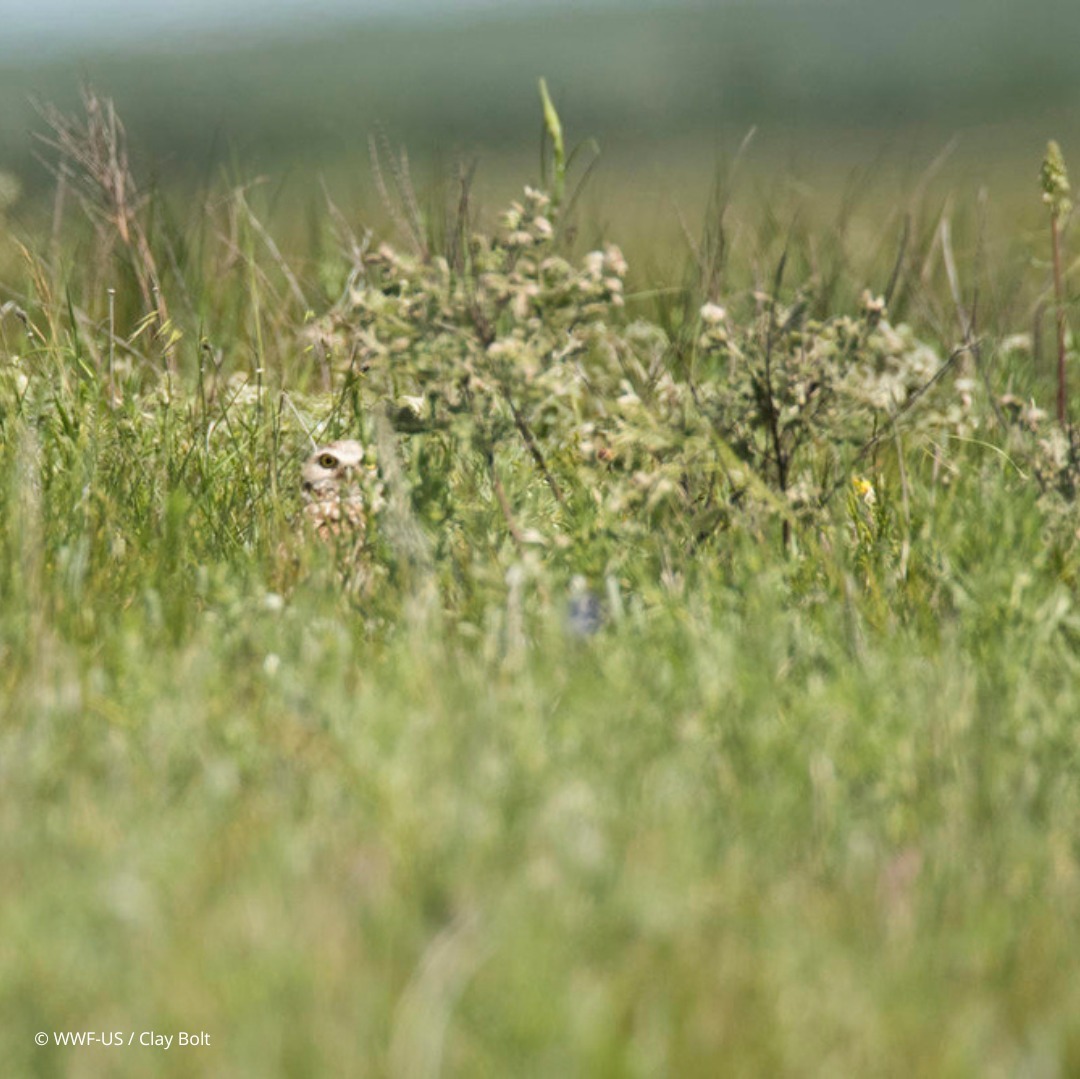– The remarkable ability of certain animals to blend into their surroundings as a survival mechanism.
– An overview of species renowned for their camouflage capabilities.
– The role of these camouflage experts in ecosystem balance and biodiversity.
– Insights into these animals’ challenges due to habitat destruction and climate change.
– The significance of conservation efforts in preserving these masters of disguise and their habitats.
In the intricate tapestry of the natural world, numerous species have developed extraordinary capabilities to conceal themselves within their environments, mastering the art of camouflage. This adaptive trait showcases the marvels of evolution and plays a crucial role in the delicate balance of ecosystems. Among these masters of disguise, certain species stand out for their exceptional ability to blend seamlessly into their surroundings, making them nearly invisible to both predators and prey.
One of the most fascinating examples of natural camouflage can be seen in the leaf-tailed gecko found in the rainforests of Madagascar. These reptiles possess a remarkable leaf-like tail and a body pattern that mimics the texture of tree bark, rendering them almost undetectable among the foliage. Similarly, the Arctic hare has evolved a seasonal camouflage, with a white coat that merges flawlessly with the snowy landscape in winter, shifting to a brownish gray in summer to blend with the rocky terrain.
The role of these camouflage experts extends beyond individual survival; they are integral to maintaining the integrity and function of their ecosystems. Predators with camouflage capabilities, such as the tiger, whose stripes mimic the play of light and shadow in the jungle, are vital for controlling herbivore populations, thus preventing overgrazing and promoting vegetation diversity. Conversely, hidden prey species contribute to the selective pressure that drives predators to develop more sophisticated hunting strategies, fostering evolutionary advancements across species.
However, these masters of disguise face significant challenges due to human activities. Habitat destruction resulting from deforestation, urbanization, and agriculture disrupts the natural habitats of these species, diminishing their ability to blend in and increasing their vulnerability to predators. Climate change further exacerbates these challenges, as shifts in seasonal patterns and plant communities can render existing camouflage strategies ineffective, posing a threat to the survival of these species.
In light of these challenges, conservation efforts are paramount in preserving the habitats of these camouflage experts and, by extension, the biodiversity they support. Protected areas, habitat restoration projects, and measures to mitigate climate change impacts are essential in safeguarding these species and the ecological balance they help sustain. Public education and awareness campaigns can also play a crucial role in garnering support for conservation initiatives, highlighting the importance of these animals for their fascinating adaptations and their role in healthy ecosystems.
The study and preservation of these masters of disguise offer invaluable insights into the complexity and resilience of the natural world. Their ability to blend into their surroundings is a testament to the evolutionary processes that have shaped the diversity of life on Earth. As such, these species captivate our imagination and remind us of our responsibility to protect the intricate web of life that sustains our planet. Conservation efforts dedicated to these animals and their habitats are thus a crucial step toward ensuring the survival of our planet’s rich biodiversity for future generations to marvel at and learn from.
*****
Source Description
Behold, the masters of These are experts at blending in with their surroundings.
Tell us: which was the hardest to spot? 👀


